JOHAN CRETEN – JEAN-MICHEL OTHONIEL – PIETER VERMEERSCH – GALERIE PERROTIN – PARIS
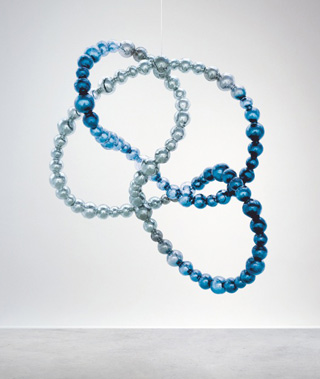
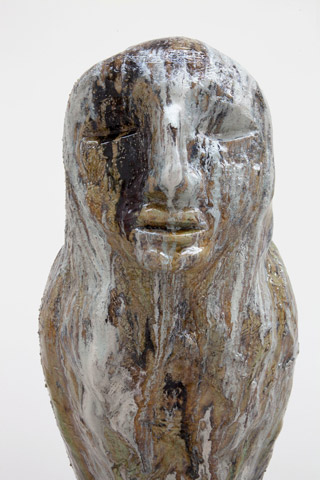
Johan Creten “The Vivisector”
Opening Saturday 12 January 2013 / 4 – 9 pm
12 January – 23 February 2013
Galerie Perrotin, Paris
Galerie Perrotin presents Johan Creten’s solo show “The Vivisector” from 12th of January to the 23rd of February 2013.
Johan Creten discovers the hidden power of earth behind ceramic’s apparent fragility. He favours this polymorphic technique since 1984 and has developped since then the art of metamorphosis. The artist uses glazed stoneware, in particular for works of large size, a technique he already explored for the exhibition “Contrepoint 2” at the Louvre in 2004.
Johan Creten’s works seem to have escaped from fairytales and become symbolist wonders. They suggest the grottos of the Renaissance, where rules an artificial Nature, Arcimboldo’s and Bernard Palissy’s mannerism and also the curiosity cabinets that he reactivated during his much noted exhibition in 2008 at the Musée de la Chasse et de la Nature, in Paris.
The title “The Vivisector” refers to the book of Patrick White (1970) which explores the universal ideas of the creator’s suffering, the quest of truth and the meaning of existence; the book haunted Johan Creten’s childhood and determined his desire to be an artist.
Four monumental sculptures of stoneware, ressembling anthropormophic and enigmatic owls, welcome us, silent and ambivalent (“The Nose”, “Fatigue”, “The Vivisector”, “the Father”). Heratic by the elegance of their glaze they scrutinize us with their melancholical gaze almost as egytian gods.Two other mysterious birds partially deploy their wounded wings.
In another room, the ambiguous figure of “Bi-Boy” is surrounded by six abstract mural sculptures of brewing life’s energy, covered by new lava glaze.
Finally, a more intimate room holds three representations of the concept of Luck in the form of large veils (“Grande Fortuna”). These sculptures closes a rich story full of multiple paths for the visitor.
Johan Creten recently participated in the exhibition “Beauté Animale” at the Grand Palais in 2012 and has a solo exhibition “Fire-Works” at the Dhondt-Dhaenens Museum in Deurle in Begium. Until the 18th of March 2013, Creten unveils at the Musée Eugène-Delacroix in the exhibition “Eugène Delacroix. Des fleurs en hiver. Othoniel, Creten”, a new group of sculptures in stoneware and bronze revealing the erotic meaning of flowers (through “Odore di Femmina”, “Génie” and the mural pieces “Wallflowers”).
As a leading pioneer in the revival of modern ceramics alongside Fontana and Schütte, Johan Creten continues to influence a generation of young artists.

Jean-Michel Othoniel “Les Nœuds de Babel”
Opening Saturday 12 January 2013 / 4 – 9 pm
12 January – 23 February 2013
Galerie Perrotin, Paris
“Les Nœuds de Babel” (12 January – 23 February 2013) is Jean-Michel Othoniel’s fifth solo exhibition at Galerie Perrotin.
For this exhibition, Jean-Michel Othoniel presents four new monumental sculptures and watercolour sketches inspired by Brancusi as well as the colours and forms of Italian Mannerism to the Baroque, developping “the question of the lost body. It’s a matter of creating a volume of absence, constructions with variable dimensions where bodies could nest… There is the idea that there is a body at the center… This refers to the idea of the haloes and aureoles of my earlier sculptures. In my last sculptures, there is something like a body at the center and a knot around; the knot organises itself around an axis and defines a void”. These artworks materialized the psychoanalytic theory of the Borromean rings that structures a subject with a fragile equilibrium between Reality, Symbolic and Imaginary but seem to have been distorted here by an invisible dynamic, capturing the abstract essence of the movement.
Echoed by five mural pieces made of glassbricks, ”Precious Stonewall”, refers to minimal art by metonymy of the eponymous monumental work shown recently during the retrospective “My Way” at the Centre Pompidou and the Brooklyn Museum. These were produced in India at Firozabad and suggest at the same time the visible pile of bricks on the Indian roads and the numerous altars covered with gifts, jewelry and flower necklaces… They also refer to the Stonewall riots of 1969 in Greenwich Village that led to the birth of the Gay Rights Movement. The silence emanating from these works renders them eloquent pieces. The ambiguity of the artist’s works also lays in the equivocal nature of the glass, sacred, refracting a divine light, as stained-glass would in a church, or a secular one, symbolizing the transparency of desire when it becomes a mirror.
The retrospective “My Way” has led to the rediscovery of the artist’s protean work: performances, films, paintings, drawings, glass sculptures, sulfur, wax etc. It has travelled around the world, in 2011 at the Centre Pompidou, Paris, at the Plateau/Leeum Samsung Museum, Seoul; in 2012 at the Hara Museum, Tokyo, at the Macau Museum of Art, Macau and at the Brooklyn Museum, New York. This tour gave rise to a number of prestigious commissioned works: “Le Nœud de Janus” and “Kokoro” for the sculpture park of the Samsung Museum of Art in Seoul; “Kin No Kokoro” monumental piece commissioned by the Mori Art Museum of Tokyo for Roppongi Hills…
At the same time, the artist presents his “Herbier Merveilleux” at the Musée Eugène-Delacroix until the 18th of March 2013, unveiling the secret meaning of flowers; watercolours as well as sculptures resonating with paintings by the nineteenth-century master, in the exhibition “Eugène Delacroix. Des fleurs en hiver. Othoniel, Creten”.
With the landscape designer Louis Benech, Jean-Michel Othoniel has been chosen to restore the Water Theatre’s Grove in Versailles in 2014. For this occasion, he will create four permanent monumental sculptures at the heart of the Palace’s gardens.
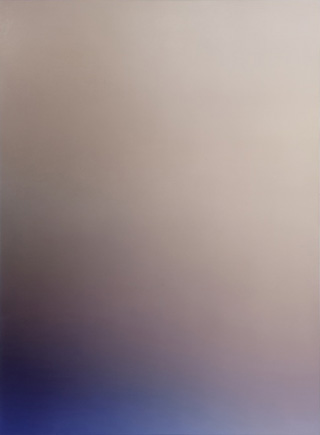
Pieter Vermeersch
Opening Saturday 12 January 2013 / 4 – 9 pm
12 January – 23 February 2013
Galerie Perrotin, Paris
This new exhibition by Pieter Vermeersch comprises three elements, offering a broad insight into his way of working.
At first sight, the paintings in the new series look ethereal. They could be seen as continuing in the vein explored by the postwar Color Field artists. They are big enough to envelop the viewer in their chromatic perfection, creating an experience that cannot be put into words.
These paintings enable a reverse depth, they are condensates whose process becomes explicit in another part of the exhibition, where photographs are presented in the middle of big white sheets. These photographs which concentrate the gaze should be viewed as indexes affording access to the processes in Vermeersch’s new large-format paintings.
Pieter Vermeersch photographs the sky, usually at night, sometimes providing information as to the urban context, but without clouds, which might induce an overly narrative quality in the image. These photographs serving as the basis for pictorial work are printed in negative in an attempt to reach another side of reality, so to speak. The ambition is utopian, but like many utopian ideas is an effective motor for art-making.
The colours of these photographs printed in negative escape the artist’s control and give him the freedom to concentrate on the unknown zones of painting. In the “negative” the colour blue switches to a pale, unhealthy orange. These vague, “negative” colours in the photographs are then reproduced in Vermeersch’s new paintings, showing us colour from “the other side of reality.” Read more >

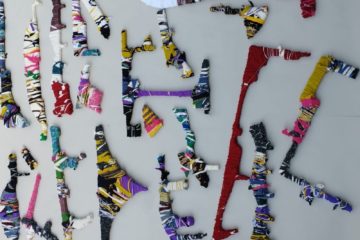
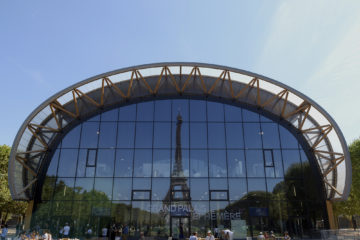
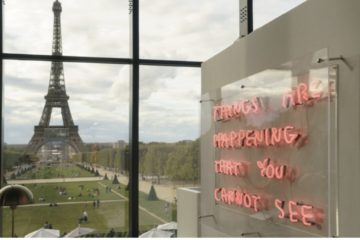
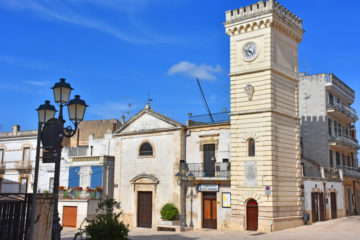

No Comment